News Desk

Since the first Earth Day in 1970, the world has experienced profound ecological changes. Wildlife populations have decreased by 69 percent, the result of habitat loss caused by rapid industrialization and changing temperatures. 2023 was the hottest year on record.

Legislative restrictions have made it difficult to obtain government funding for psychedelic research, but now corporations are stepping up to fund clinical trials. Although this support may help accelerate researchers’ understanding of psychedelics, it also sparks concern as a conflict of interest.

The period in which humans arrived in South America, in particular, north-western Patagonia, has been the subject of an ongoing debate by academics for many years. Previous archaeological evidence and palaeogenetic studies have suggested human presence between 16 600 and 15 100 cal BP. However, a new study published in the journal Antiquity is providing new evidence of pre-Holocene human activity during the late Pleistocene–early Holocene transition

From house plants and gardens to fields and forests, green is the color we most associate with surface life on Earth…But an Earth-like planet orbiting another star might look very different, potentially covered by bacteria that receive little or no visible light or oxygen…Instead of green, many such bacteria on Earth contain purple pigments…Cornell scientists report in new research.

Bees play by rolling wooden balls — apparently for fun. The cleaner wrasse fish appears to recognize its own visage in an underwater mirror. Octopuses seem to react to anesthetic drugs and will avoid settings where they likely experienced past pain. Nearly 40 researchers signed “The New York Declaration on Animal Consciousness,” which marks a pivotal moment, as a flood of research on animal cognition collides with debates over how various species ought to be treated.
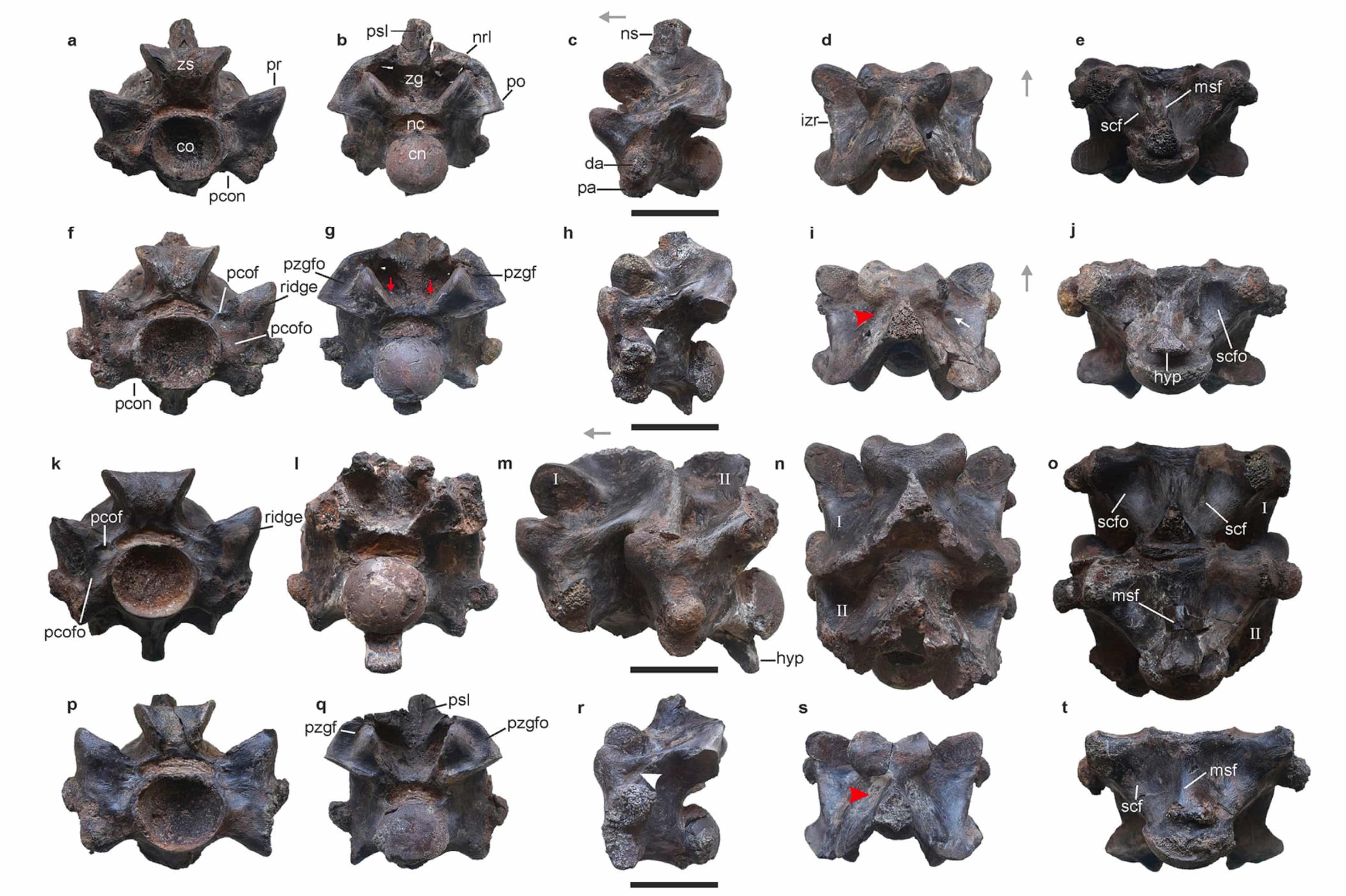
Fossil vertebrae unearthed in a mine in western India are the remains of one of the largest snakes that ever lived, a monster estimated at up to 15 metres in length – longer than a T rex. See the study here.
A major archaeological investigation has, for the first time, excavated a lava tube in Saudi Arabia that was inhabited by humans up to 10,000 years ago.

When it comes to its connection to the sky, Stonehenge is best known for its solar alignments…But a hypothesis has been around for 60 years that part of Stonehenge also aligns with moonrise and moonset at what is called a major lunar standstill…
New research published in Nature Ecology & Evolution examines the rate at which new species of hominin emerged over 5 million years. This speciation in our lineage, they found, is unlike almost anything else.
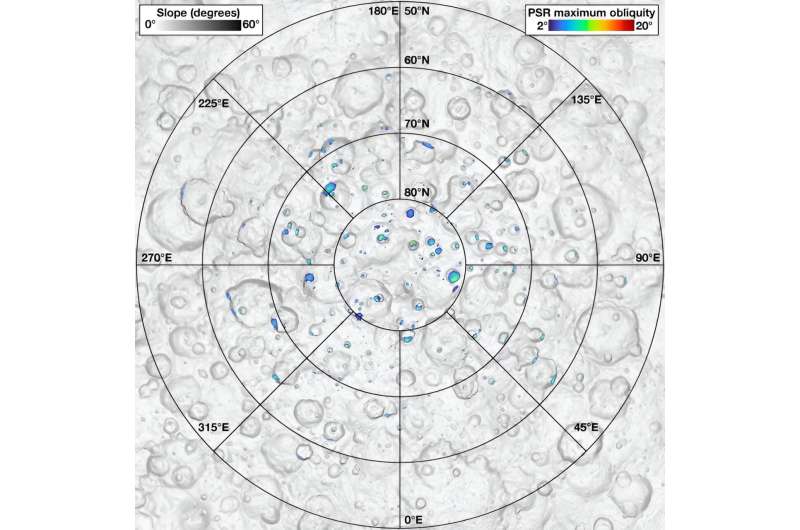
Ceres, the largest asteroid in our solar system, harbors a dark secret: extremely young ice deposits in permanently shadowed craters near its poles. If that sounds vaguely familiar, it’s because our moon and planet Mercury also have such polar ice deposits, which have been studied for decades. See the study here.
The phenomenon of “cancel culture” has become a prominent feature of online discourse, where individuals or brands are publicly called out and boycotted for perceived transgressions. A recent study published in the journal Acta Psychologica explored the psychological underpinnings of why some people are more inclined to engage in canceling behaviors than others

Astronomers have discovered an enormous black hole which formed in the aftermath of an exploding star a mere 2,000 light years from Earth. BH3 is the most massive stellar black hole yet found in the Milky Way and revealed itself to researchers through the powerful tug it exerts on a companion star that orbits the object in the constellation of Aquila, the Eagle.
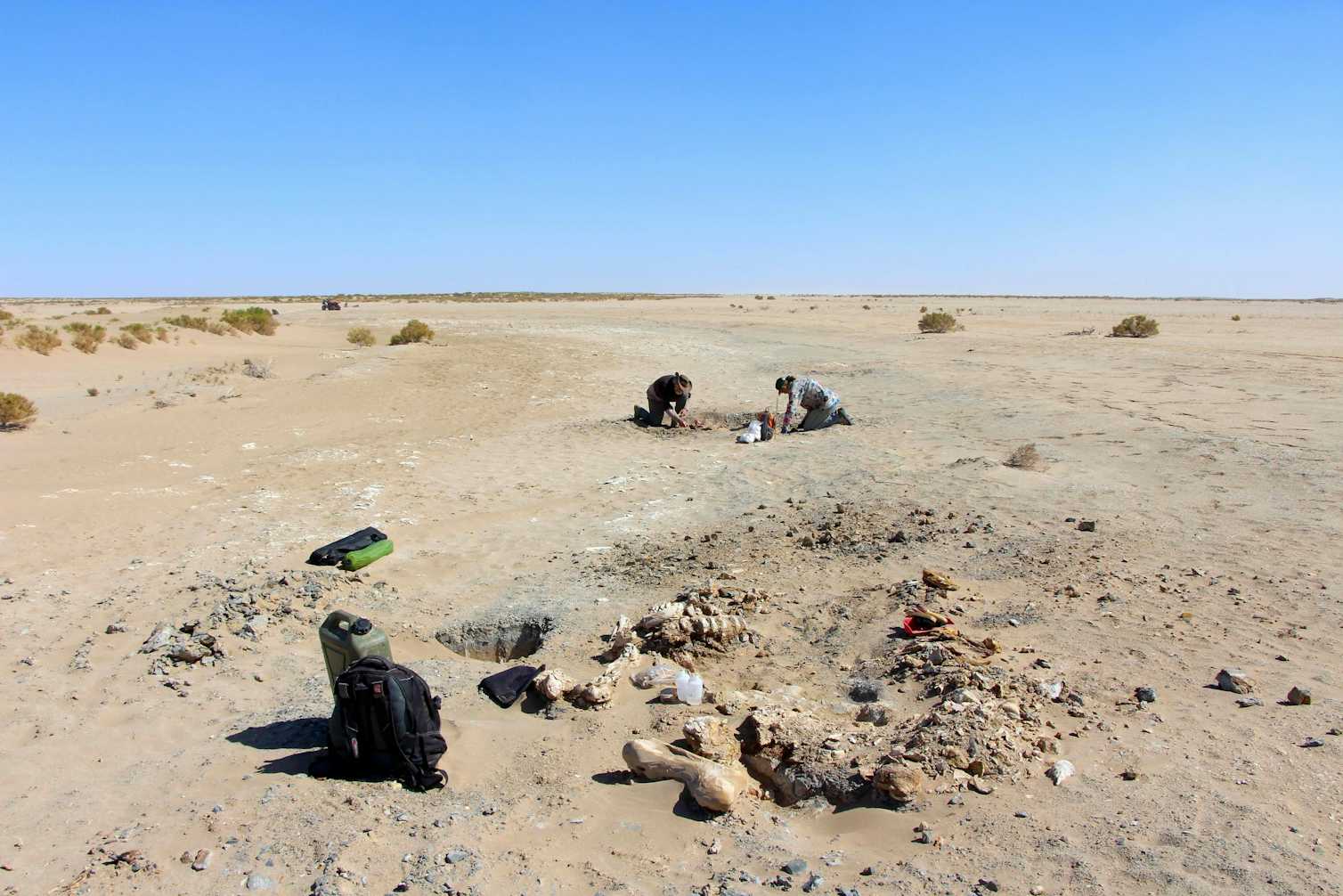
For millions of years, giant animals or megafauna roamed the lands that are now Australia and New Guinea. Many were like much larger versions of modern animals. There was a four-metre goanna called Megalania (Varanus priscus), for example, which likely ambushed its prey. This beast disappeared by around 40,000 years ago along with almost all the other megafauna aside from remnants such as the red kangaroo and the saltwater crocodile.
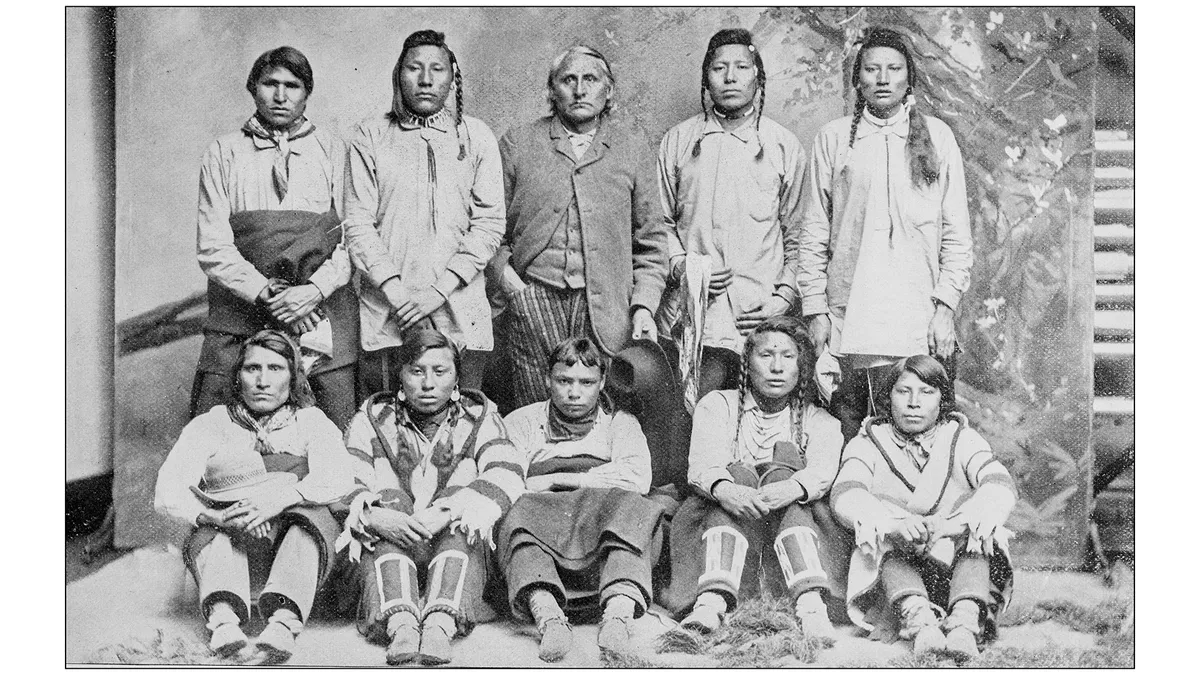
In a new study published April 3 in the journal Science Advances, a team of researchers led by three members of the Blackfoot Confederacy investigated the genetic history of their tribes, and results suggest that they share a lineage with people from the last ice age.
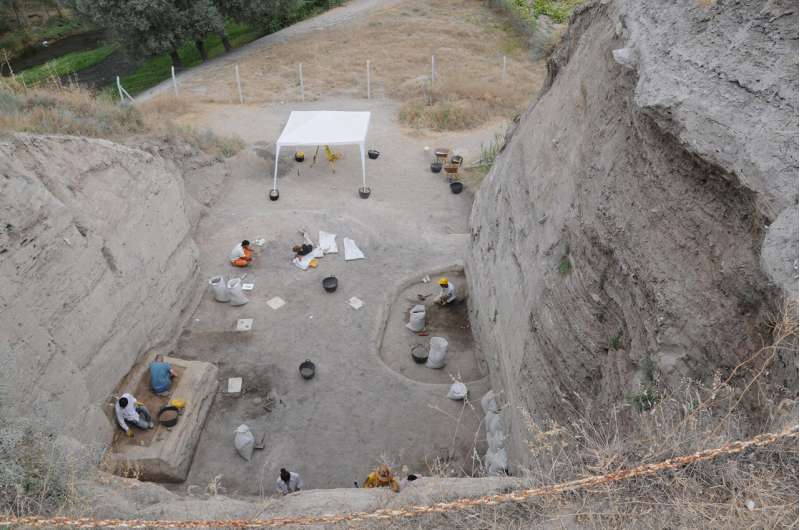
Modern Eurasian sheep predominantly belong to only two so-called genetic matrilineages inherited through the ewes, so previous research has assumed that genetic diversity must already have decreased rapidly in the early stages of domestication of wild sheep. A study of a series of complete mitogenomes from the early domestication site Asıklı Höyük in central Anatolia, which was inhabited between 10,300 and 9,300 years ago, disproves this assumption.

The rising and setting of the sun at Stonehenge, especially during the summer and winter solstices, continues to evoke joy, fascination and religious devotion. Now a project has been launched to delve into the lesser understood links that may exist between the monument and the moon during a rare lunar event.








